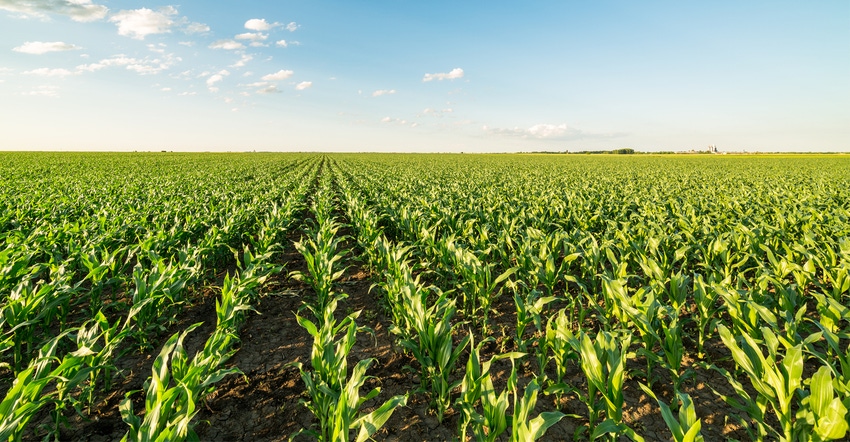January 4, 2018

Michigan State University Extension has made some major changes to the Bt Trait Table. It has been updated for 2018 to improve readability. Trait packages are now alphabetized instead of grouped by seed company. Also, letter abbreviations for insect names and herbicides were replaced with simple “X’s.”
Last year an “ineffectiveness” column listing insect x Bt combinations with field failures confirmed resistance or cross-resistance in lab assays of the field. For 2018, this column has the same format, but is relabeled it as “Resistance to a Bt protein in the trait package has developed in.” This column is intended to track cases of resistance development to Bt, plus alert producers and consultants to potential management problems.
Depending on the insect, resistance may be widespread, as in western bean cutworm, or regional, as in corn rootworm. Since the table is a national publication, check with your local Extension educators and seed dealers to determine the status of Bt resistance in your area.
Note that based on overwhelming evidence from lab assays and the field, companies removed western bean cutworm control from Cry1F Bt hybrids. Only hybrids with the Vip3A Bt protein provide reliable control of this insect. For all other hybrid packages, western bean cutworm infestations should be managed using a combination of scouting and spraying at threshold, according to MSU Extension. Deed companies made this change to reflect the reality seen in Michigan and surrounding states.
The updated table does not include the new Enlist (2-4D tolerance) trait, which will be incorporated next season.
Find the updated for 2018 table at Handy Bt Trait Table for U.S. Corn Production.
Source: Michigan State University Extension
You May Also Like




